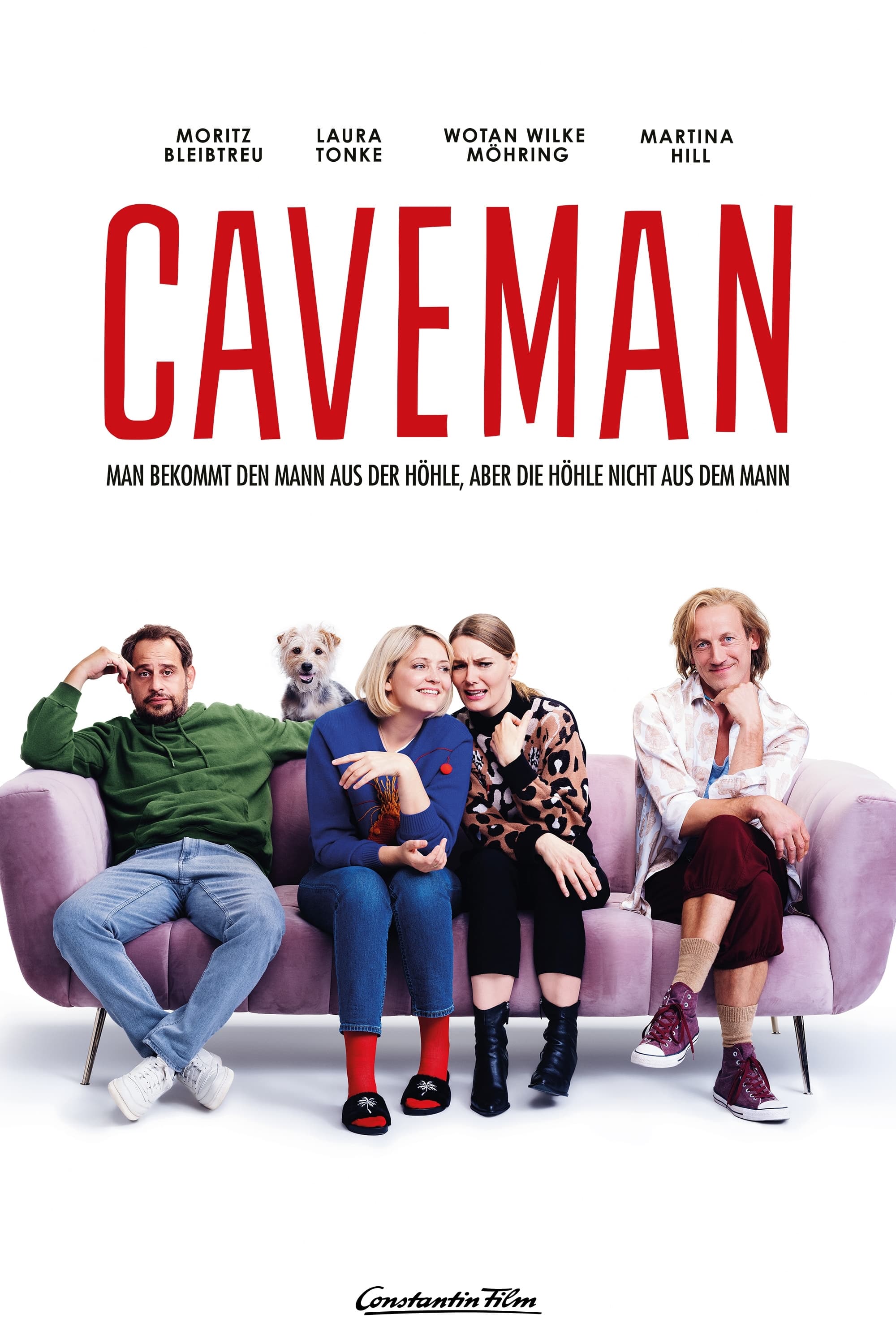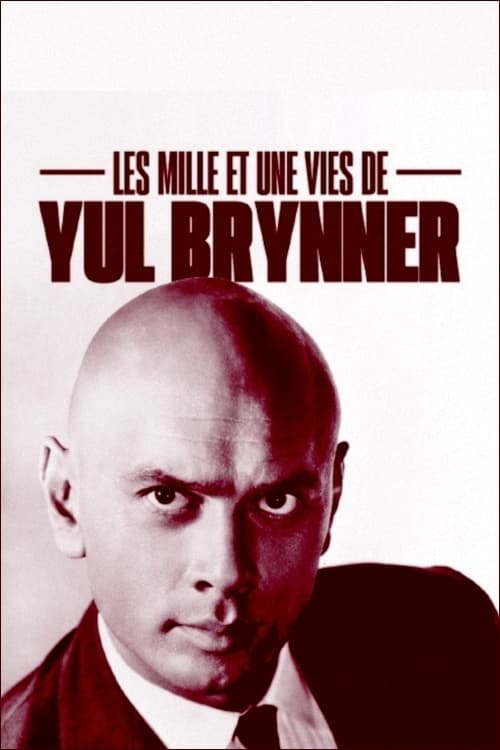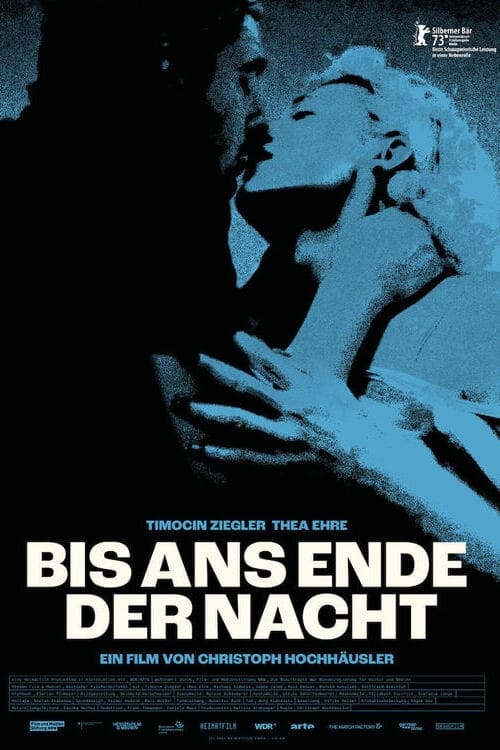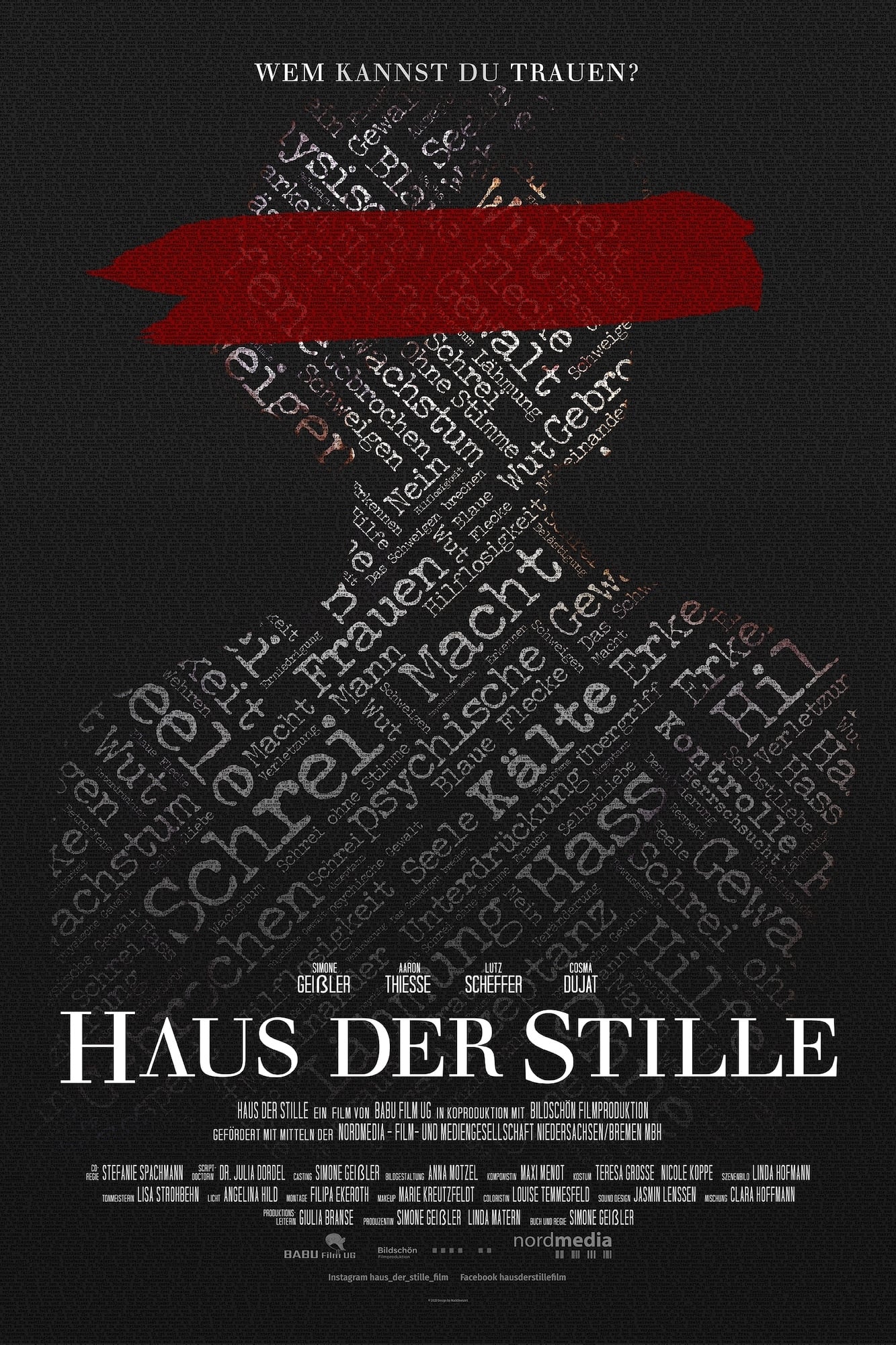![Marie Nishiyama - L’ESSENZA dell’arpa barocca a Napoli (2023) [FLAC 24bit/192kHz] Download](https://imghd.xyz/images/2023/11/18/u0quztuec2rcc_600.jpg)
Marie Nishiyama – L’ESSENZA dell’arpa barocca a Napoli (2023)
FLAC (tracks) 24 bit/192 kHz | Time – 01:07:17 minutes | 2,45 GB | Genre: Classical
Studio Masters, Official Digital Download | Digital Booklet, Front Cover | © OMF
A baroque harp called arpa doppia (meaning double harp). It was an instrument that strongly fascinated people, coloring all kinds of music, including vocal, instrumental, religious, and secular music. Although much of its history is ambiguous, it was written by V. Galilei (father of astronomer Galilei and a music theorist). Shortly before 1580, his double-stringed harp (corresponding to the white and black keys on a keyboard) containing semitones arrived in Italy. It seems that it was conveyed. In the early 17th century, he devised an instrument with three strings (corresponding to white keys, black keys, and white keys). All six of his composers included here are from or have ties to Naples. Although they are rarely mentioned in the “Harp”, they ushered in a new style of keyboard music and greatly expanded the possibilities of the harp. It is notable for its openness. But why “keyboard” and “harp”? The strong relationship between the two is. It might be better to say that they are like “earth” and “sky.” Clouds absorb moisture and heat from the earth. As if painting a sky pattern, the harp underwent a major transformation into his three-string structure in search of perfection as a keyboard instrument.The Japanese harpsichordist and harpist, Marie Nishiyama, began studying piano at age 3 In 1992 she graduated from the piano department of Tokyo Music University with piano soloist diploma, and in 1994 also received her master’s degree in harpsichord there. She studied under Yoshio Watanabe (harpsichord) and Yoshiko Ueda (organ). Her interest I early music led her to the Schola Cantorum Basiliensis in Switzerland to study with Andreas Staier, Jörg-Andreas Bötticher, Rinaldo Alessandrini and Nicolau de Figueiredo (harpsichord), Heidrun Rosenzweik and Mara Galassi (historical harp), Jesper Christensen (Basso continuo, ensemble), and Pedro Memelsdorff (medieval ensemble). She also deepened her Baroque harp studies with Mara Galassi at Scuola di Musica Civica di Milano. In 1997 she received due to his performances on the harpsichord, the 1st prize in the Early Music Kofu (Japan). Among other awards and accolades, she won 1st prize at the 11th Yamanashi Early Music Festival for her harpsichord performance.
Marie Nishiyama’s concert activity has led her to appearances in various European countries, Brazil and the USA. She is regularly invited to participate in international festivals and recordings for radio and television, both as a soloist and with the most prestigious orchestras and chamber groups (Concerto Vocale, René Jacobs, Crawford Young, Ferrara Ensemble …). She is a member of the early music ensemble Anthonello, and an accomplished international soloist in both harpscichord and historical harp.
Marie Nishiyama has also been involved in many recordings, including several solo recordings, not only in Japan but also in European countries including Italy and Spain. Her highly acclaimed original recording “Taner Fantasia – Spanish keyboard music” (released 1999 in Japan) made its Spain release in 2003 (Enchiriadis label), and was chosen as the most recommended CD by a Spanish journal. Each of her solo albums, “Dance du Roy et Chonson ” (renaissance harp), “Lamento di Tristano” (medieval gothic harp), “Jupiter – Les orages des passions – Forqueray Pieces de Clavecin” and “J.S. Bach French Suites” (harpsichord) has continued to receive high praise and recommendation from many Japanese journals and newspapers. Her recordings have been published by labels as Cookie & Bear, Fauxbordon and ALM Records (Japan), Symphonia (Italy), BIS (Sweden), Harmonia Mundi (France) and Enchiriadis (Spain). Since 2007, she has released a series of J.S. Bach’s main keyboard works under the Anthonello Mode label.
Tracklist:
1-01. Marie Nishiyama – Ancidetemi pur, Per l’Arpa (08:05)
1-02. Marie Nishiyama – Toccata Prima Secondo Tono (04:33)
1-03. Marie Nishiyama – Gagliarda IV à 5. alla Spagnola (02:29)
1-04. Marie Nishiyama – Toccata Quarta, & ultima, a Cinque (03:51)
1-05. Marie Nishiyama – Canzon franzese del Principe (07:38)
1-06. Marie Nishiyama – Canzon sopra Susanna (04:30)
1-07. Marie Nishiyama – Toccata Prima (05:35)
1-08. Marie Nishiyama – Canzona Francesa Seconda (05:21)
1-09. Marie Nishiyama – Toccata quarta (04:48)
1-10. Marie Nishiyama – Ancidetemi pur (06:09)
1-11. Marie Nishiyama – Toccata Seconda (05:13)
1-12. Marie Nishiyama – Gagliarda (01:44)
1-13. Marie Nishiyama – Canzon, chiamate le due Sorelle (07:15)
Download from FileJoker:










![Marie Nishiyama - Klavierbüchlein für Wilhelm Friedemann Bach (2023) [FLAC 24bit/176,4kHz] Marie Nishiyama - Klavierbüchlein für Wilhelm Friedemann Bach (2023) [FLAC 24bit/176,4kHz]](https://imghd.xyz/images/2023/11/18/ddx45b15awoic_600.jpg)
![Marie Nishiyama - Mamoru Fujieda - Patterns of Plants (2020) [FLAC 24bit/192kHz] Marie Nishiyama - Mamoru Fujieda - Patterns of Plants (2020) [FLAC 24bit/192kHz]](https://getimg.link/images/imgimgimg/uploads/2020/09/o20HfR7.jpg)
![Masako Abe & Marie Nishiyama - Ego flos campi (2018) [FLAC 24bit/192kHz] Masako Abe & Marie Nishiyama - Ego flos campi (2018) [FLAC 24bit/192kHz]](https://getimg.link/images/imgimgimg/uploads/2020/11/9lrNmX9.jpg)
![Marie Nishiyama - Bach: Toccaten, BWV 910-916 (2019) [FLAC 24bit/192kHz] Marie Nishiyama - Bach: Toccaten, BWV 910-916 (2019) [FLAC 24bit/192kHz]](https://getimg.link/images/imgimgimg/uploads/2020/10/qTHUMQD.jpg)
![Marie Nishiyama - Bach: Italian Concerto & French Overture (2017) [FLAC 24bit/96kHz] Marie Nishiyama - Bach: Italian Concerto & French Overture (2017) [FLAC 24bit/96kHz]](https://getimg.link/images/imgimgimg/uploads/2020/10/1nsM6U3.jpg)